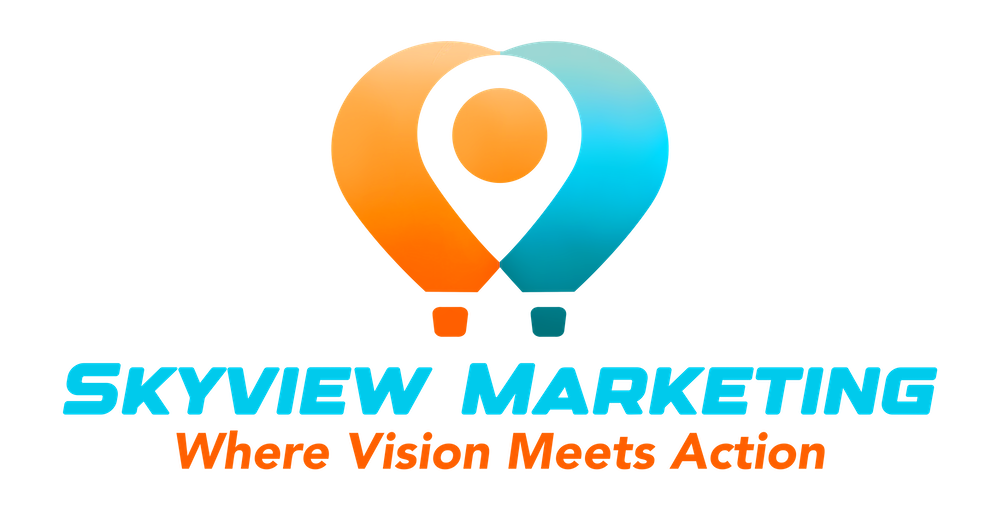As you begin to build your sales funnel and develop your marketing plan, you will quickly find that there will be a huge power struggle between the kind of content you give away for free and what you will charge for.
This same consideration has affected my business as well. For instance, much of the writing in this blog is centered around marketing advice for small businesses. However, I also sell marketing services for small businesses!
Therefore, I need to have a way to determine what content I deliver for free and what I feel would be worth my customers’ investment.
But, there is something you must be very careful of here.
Don’t give way to the thinking that just because you give something away, customers will not buy it in the future.
Consider Michael Hyatt’s best selling book, Platform. He has admitted on numerous occasions (including inside of the book itself) that it is mostly just content collected from his thousands of blog posts!
In other words, many had already seen the content (in some form) for free, but his act of pulling it together in a more digestible form made it worth the investment for his customers.
So while this is a struggle, it is not insurmountable. Something we millennials like to say is the struggle is real–so I thought I would use that as an acrostic to give you some guidelines on how to determine your paid content vs. your free content.
Here are 4 tips for creating R.E.A.L. content:
Tip #1. Reuse Archived Content
To continue in Mr. Hyatt’s example, you could simply take existing content (that is lost in the archives of your blog, for example) and compile this information into a newer, more easily accessible format. Examples could be an eBook, online course, membership site content, paid video series–the possibilities are quite endless. Since the content is already available somewhere else, you will need to make sure that it is now (1) in a different format, (2) easier to digest, and (3) has additional value. This will still be hard work–but the creation of the content (Which is the hard part) is already done! This is great for a “first-time” product since this strategy can get you to market pretty quickly.
Tip #2. Enlist Other Thought Leaders
We live in a connected world. You know the saying–“It’s who you know, not what you know.” Leverage this in your sales! While much of your free content may be only your contribution, you could bring other thought leaders into play for your paid content. I hate to beat a dead horse, but another fabulous example of this is Michael Hyatt! His blog posts are exclusively his work, as are many of his online courses. But his premium product, Platform University, brings all of the other high profile thought leaders that Michael is in company with into play. This also (somewhat) reduces your workload, at least insofar as you are not having to create an exhaustive amount of content. Leverage your relationship with other thought leaders!
Tip #3. Ask Your Customers
Here’s a novel idea: If you’re not sure what kind of content your “tribe” would feel comfortable paying for, just ask them! Trust me–people are dying to tell you what they want and even what they don’t want. A simple survey or plea for advice in an email could transform the direction of your company for years to come. If you are passionate about creating a certain type of content, but your customers aren’t interested in buying it, then who cares? Start a blog for free somewhere and dish out that content there–but reserve your business for what your customers want to see. If you are so unpassionate about it that you can’t stand the thought of giving them what they want, put yourself and your customers out of misery and do something you can be excited about! They will thank you for it, and you’ll be happier in the long run.
Tip #4. Leverage “How-To” Content
Finally, you can differentiate your content by freely providing your customers “why” and “that” content, but ask that they pay for “how” and “how come” content. A popularizer of this position is Amy Porterfield. This makes sense too! You will likely spend MUCH more time creating content that deals with how to accomplish something–especially if it is done to any degree of depth. This way, you let your customers and prospects know that you know how to do something and could accomplish it for them, but just as if they were paying you to perform the service, they will pay you to teach them how to do it. Now–my position is that you should scatter some how content in your free stuff as well from time to time (like the post you’re reading!), but that should be the exception–not the rule.
[bctt tweet=”If you’re not sure what kind of content your tribe would feel comfortable paying for, just ask them!” username=”northmacsvc”]
While this practice is important, it certainly does not have to be difficult. Any questions? Feel free to reach out to us!
Discussion Question: What methods have you used to determine the paid content in your business? Let us know in the comments below!


